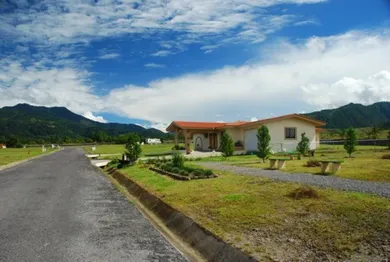
2024 Guide to Investing in Panama
Panama is a country that offers many opportunities for investment. In this guide, we will show you the process of investing in Panama real estate.
Panama's unique double currency system. Uncover how the Panamanian Balboa and US Dollar coexist in Panama's economy.
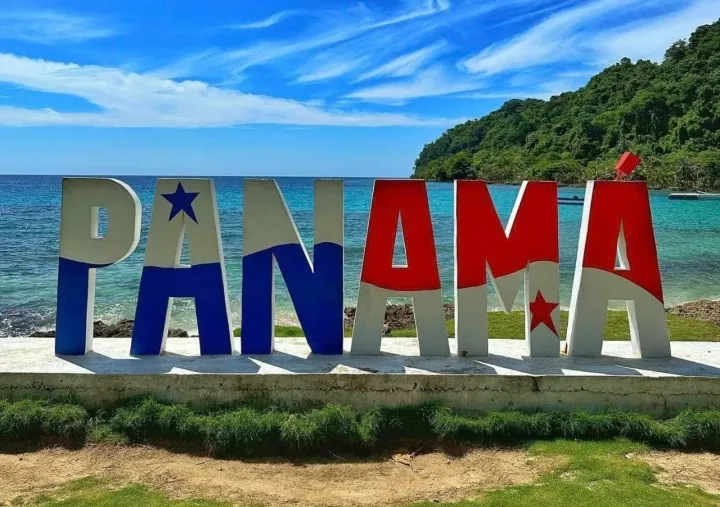
In Panama, money is comfortingly familiar to Americans, but the name might not be. The country has no paper currency of its own and has used the United States dollar since 1904, shortly after separation from Colombia. In fact, Panama money has been tied to the U.S. dollar longer than that of any other country, although it did briefly print its own paper currency in 1941.
But don’t be confused when someone asks for Panamanian balboa at the checkout. Just hand over the required number of familiar U.S. dollars. And there’s no need, as with most other countries, to convert Panama currency to USD to figure out what something really cost. (And, speaking of that, you’ll be pleasantly surprised by the lower costs in Panama.)

The Balboa is expressed in its own coins, the 25 centesimo coin (quarto de balboa) bearing the likeness of the famous explorer. But even here, there can be no confusion. The coins are the same in size and value as their U.S. counterparts, coming in denominations of one, five, 10, 25 and 50 centesimos. In fact, they are produced at U.S. mints in Philadelphia and Denver.
U.S. coins are equally acceptable in Panama. (Most people seem to accept Canadian coins, too, but don’t confuse Panamanians with Loonies and Twonies!)
The fact that Panama cannot print or devalue its currency has meant stable inflation while that of other countries in Latin America have spiraled on occasion. In the past 25 years, inflation has averaged less than 3%, about one percentage point lower than that of the U.S. Average growth rate has been higher than all other Central American countries, at about 3.5%.
Where there is considerable inflation is in the price of land in places favored by foreign retirees and snowbirds. That’s bad for those who wait, of course, but a delight for those who can afford to invest in panama real estate.

Major credit cards like Visa, American Express, and MasterCard are widely accepted in big cities, but might not work in smaller towns. Traveler’s checks may be accepted in the larger hotels, but otherwise could prove to be difficult to cash other than in banks. If you carry traveler’s checks, make them American Express.
On the plus side, there is no shortage of bank machines (Clavé, Spanish for key), even in many of the smaller communities. You are limited to one withdrawal per day for a maximum of US$500. If you make the mistake I once made and punch in 5 – 0 – 0, you will get $5, and have to wait until the next day to get more.
Also, if you use a machine that takes your card right inside to read it, make sure to grab it the moment it comes out again. If you don’t, it will disappear a second time and you will have to go to the bank to recover it – not always as easy as it sounds. I speak from unfortunate experience.
Every country has its differences, otherwise why bother traveling? But Panama money is comfortingly similar to what Americans are used to – except that is goes a lot farther.

Panama is a country that offers many opportunities for investment. In this guide, we will show you the process of investing in Panama real estate.
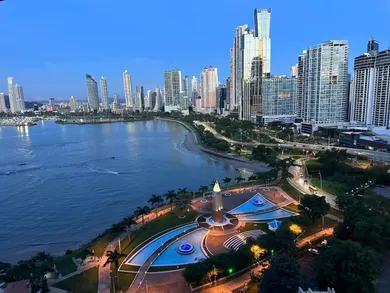
Navigating the real estate market in Panama comes with its distinct challenges and factors. This guide provides valuable insights for investing in Panama.
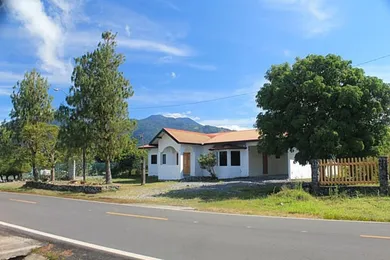
Some things you should know and do before buying real estate in Panama.
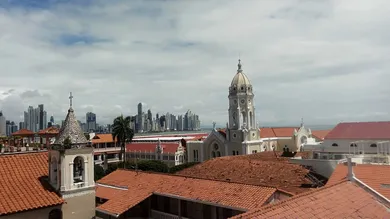
Investment in Casco Viejo Panama real estate can be very profitable as the old capital, is rejuvenated.